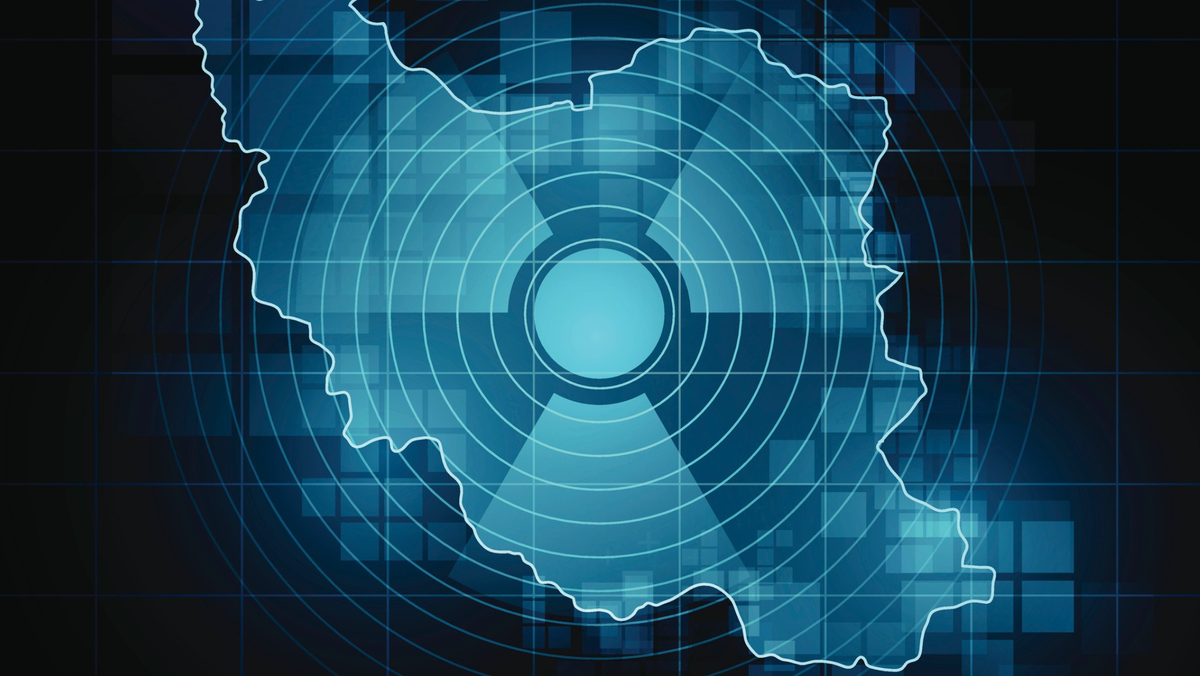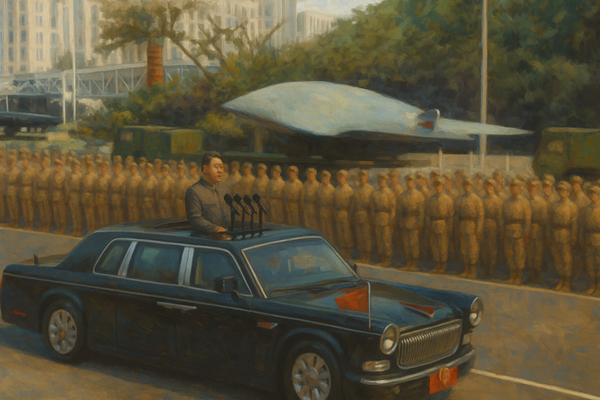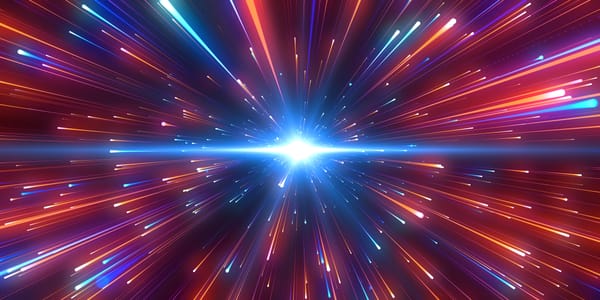🇮🇷 Iran's Nuclear Strategy

Iran’s nuclear strategy has evolved over the past five decades in response to regional security challenges, shifts in international relations, and domestic political changes. Originally launched under Shah Mohammad Reza Pahlavi with Western support, the program came under intense scrutiny following the 1979 Islamic Revolution. In the modern era, Tehran insists its nuclear activities serve peaceful purposes, yet ongoing tension persists over the scope and intentions of its enrichment and research efforts.
Overview
Iran’s nuclear strategy involves investing in advanced centrifuges and maintaining the option to quickly produce weapons-grade uranium if needed, even as it publicly claims peaceful motives for energy and research. Simultaneously, Tehran modulates its cooperation with the International Atomic Energy Agency (IAEA)—for example, by restricting inspections or raising enrichment levels—to strengthen its negotiating position regarding sanctions and regional security. On the domestic front, the government showcases nuclear progress as a sovereign achievement, leveraging it to bolster national pride, unify public support, and counter external pressures.
Deterrence and Technological Progress
Iran prioritizes developing advanced centrifuges, bolstering enrichment capabilities, and maintaining a potential “breakout” option should it decide to produce weapons-grade uranium. Officially, Iran maintains that its nuclear pursuits are for civilian energy production, medical research, and scientific advancement. Source: IAEA: Iran
Negotiation Leverage and Regional Posture
Tehran often modulates its degree of cooperation with the International Atomic Energy Agency (IAEA)—e.g., by limiting inspections or increasing enrichment levels—to gain leverage in negotiations over sanctions relief and regional security issues. Source: UN Security Council (Press Release, December 2021)
Domestic Legitimacy and National Pride
The Iranian leadership regularly highlights nuclear achievements to rally public support, frame the program as a sovereign right, and resist perceived external pressure. Source: Official Website of the President of the Islamic Republic of Iran
Timeline of Major Developments
2020s
2023 / Expansion of Advanced Centrifuges
Iran reportedly deploys new-generation IR-6 centrifuges at the Natanz and Fordow sites, significantly enhancing its enrichment capacity. Diplomatic efforts to fully revive the Joint Comprehensive Plan of Action (JCPOA) remain deadlocked amid heightened regional tensions. Source: IAEA Director General’s Introductory Statement to the Board of Governors (6 March 2023)
2022 / Restricted IAEA Oversight
Tehran reduces IAEA camera access and online monitoring at key facilities, citing ongoing U.S. sanctions and insufficient European efforts to uphold JCPOA commitments. Inspectors warn of diminished visibility into Iran’s nuclear program. Source: IAEA Director General’s Introductory Statement to the Board of Governors (7 March 2022)
2021 / Enrichment to 60% and Uranium Metal Production
Iran announces it has enriched uranium up to 60% purity and commenced production of uranium metal, alarming Western governments due to the potential military applications of these materials. Source: EEAS: Iran’s Nuclear Programme - Main Developments in 2021
2010s
2019 / Gradual Breach of JCPOA Limits
After the U.S. withdrew from the JCPOA in 2018, Iran responds by incrementally exceeding the agreement’s specified enrichment and stockpile thresholds, pressuring remaining signatories to fulfill economic relief promises. Source: Congressional Research Service: Iran’s Nuclear Program (RL34544)
2018 / U.S. Withdrawal from JCPOA
President Donald Trump announces the U.S. exit from the 2015 nuclear deal, re-imposing significant sanctions on Iran. Tehran initially continues to comply with JCPOA limits, urging other parties to offset economic losses. Source: White House Archives: Statement by President Trump on the Iran Nuclear Deal (2018)
2015 / JCPOA Signed
Iran and the P5+1 (U.S., UK, France, Russia, China, plus Germany) finalize the Joint Comprehensive Plan of Action, stipulating limits on Iranian uranium enrichment and stockpiles, in exchange for sanctions relief. Source: Joint Comprehensive Plan of Action (Official Text)
2013 / Hassan Rouhani Elected President
Rouhani’s administration adopts a more conciliatory foreign policy line, setting the stage for the negotiations that culminate in the JCPOA two years later. Source: Rouhani’s Official Website (Archived)
2012 / Intensified Sanctions and Fordow Enrichment The European Union and United States toughen sanctions against Iran’s energy and financial sectors. Tehran escalates enrichment at Fordow, a fortified underground site, to demonstrate its nuclear resolve. Source: EU Council Regulation (EU) No 267/2012
2000s
2009 / Revelation of Fordow Enrichment Plant
Western intelligence and the IAEA disclose the existence of the previously undisclosed enrichment facility near the city of Qom, raising suspicions of clandestine weapons-related research. Source: IAEA Press Release on Fordow (25 September 2009)
2007 / U.S. National Intelligence Estimate
The U.S. intelligence community concludes that Iran halted an official nuclear weapons program in 2003 but continues to enhance its broader enrichment capabilities. Iran denies ever pursuing nuclear arms. Source: National Intelligence Council Report (December 2007)
2006 / Referral to UN Security Council
The IAEA refers Iran’s nuclear dossier to the UN Security Council, prompting a series of resolutions imposing sanctions designed to compel compliance with non-proliferation obligations. Source: UN Security Council Resolution 1696 (2006)
2003 / Disclosure of Natanz and Arak Sites
Previously undeclared facilities at Natanz (enrichment) and Arak (heavy-water reactor) come to light. Under international pressure, Iran signs the Additional Protocol, providing expanded IAEA access. Source: IAEA GOV/2003/75 Verification Report (November 2003)
1990s
Late 1990s / Procurement from Foreign Sources
To compensate for technological gaps, Iran intensifies efforts to secure nuclear technology and materials from international markets—both legally (e.g., through agreements with Russia) and illicitly. Source: Carnegie Endowment Analysis on Iran’s Nuclear Procurement
1995 / Bushehr Reactor Deal with Russia
Iran and Russia sign a contract to complete the Bushehr Nuclear Power Plant, sparking global debate over proliferation risks. The reactor ultimately becomes operational years later under IAEA safeguards. Source: BBC Archives: Russia and Iran Bushehr Nuclear Deal (1995)
1980s
1980–1988 / Iran-Iraq War
The war, marked by Iraqi use of chemical weapons, informs Iran’s strategic emphasis on a robust deterrent. Although Tehran’s nuclear program remains modest in scale during this period, war-driven security imperatives shape long-term planning. Source: United Nations Report on Chemical Weapons in the Iran–Iraq War (S/2000/434)
Post-Revolution Program Slowdown and Gradual Resumption
Following the 1979 revolution, many Western-trained nuclear specialists depart Iran, stalling the program. By the mid-1980s, the government discreetly restarts nuclear research amid growing security concerns. Source: Encyclopædia Iranica: Nuclear Program
1970s
1979 / Islamic Revolution
The overthrow of the Shah disrupts multiple nuclear agreements with Western countries. Foreign contractors exit, halting reactor projects and scientific exchanges. Source: BBC Archive on the Iranian Revolution (1979)
1974 / Ambitious Nuclear Plans under the Shah
Shah Mohammad Reza Pahlavi outlines a plan for up to 20 nuclear reactors to diversify Iran’s energy mix, aided by partnerships with the U.S., Germany, and France. Source: Encyclopædia Iranica: Nuclear Program (Historical Overview)
1970 / Iran Ratifies the Nuclear Non-Proliferation Treaty (NPT)
Iran becomes a party to the NPT, pledging not to develop nuclear weapons while gaining access to peaceful nuclear technology under international safeguards. Source: UN Office for Disarmament Affairs: NPT Signatories




